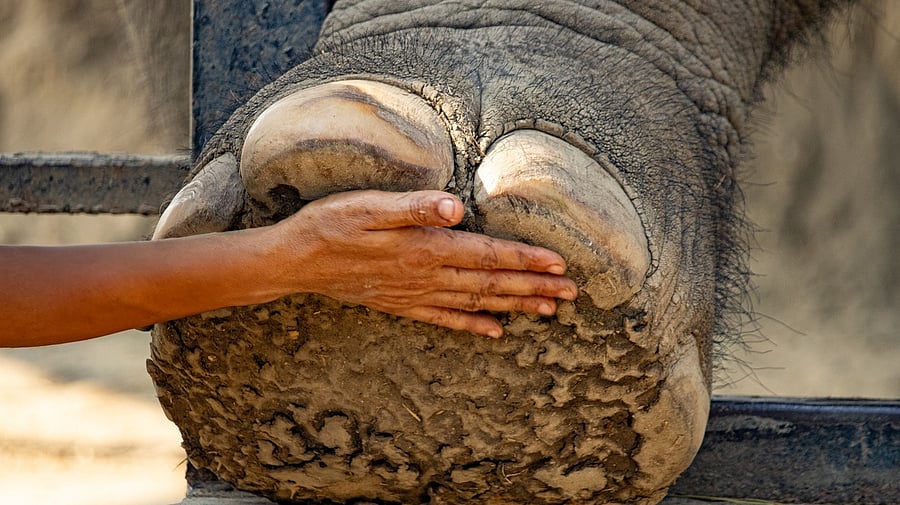
Representative image of an elephant
Credit: iStock Photo
Bengaluru: Over a decade after it was first proposed, the Forest Department is still without dedicated wildlife veterinarians.
Home to the country’s largest elephant population and the second highest number of tigers, the state lacks specialised doctors who play a crucial role in rescuing injured animals, monitoring wildlife health, and collecting forensic evidence in poaching and other wildlife crime cases.
Forgotten document
The absence of such expertise was recognised more than 10 years ago, after a spate of elephant, gaur, leopard, and sloth bear deaths.
A vision document was then drafted, outlining a two-phase plan to build a trained cadre of wildlife veterinarians and establish a forensic laboratory for wildlife health monitoring.
“The matter was sidelined as soon as things turned normal. Over the years, the challenges to wildlife conservation have only increased,” said a senior department source.
The first phase of the plan focused on disease surveillance and veterinary specialisation in wildlife health and behaviour. The second phase aimed to train forest staff and existing veterinarians in conflict zones, along with developing forensic and legal capabilities.
Disease monitoring
However, little progress has been made.
A senior forest official admitted that while coordination with the police on forensics has improved, wildlife disease monitoring remains neglected.
“The interaction between cattle and wildlife is higher now compared to a decade ago. We are rescuing more animals from human habitats. Herbivores are sharing grazing spaces with domestic cattle, and spillovers are highly possible. There is no surveillance or monitoring to alert us,” the official said.
Even minor infections, such as salmonella among leopards and tigers or foot-and-mouth disease among deer and other cloven-hoofed animals, can have long-term ecological consequences, experts warn.
Incidents like the one at the Sakrebailu elephant camp, where a male elephant lost part of an ear after a botched treatment by untrained vets, have further exposed the department’s limitations.
Currently, it depends on five veterinarians borrowed from the Animal Husbandry Department. While an earlier proposal recommended appointing 14 wildlife vets, officials now say at least 25 to 30 are needed.
Khandre to raise issue with CM
Acknowledging the shortage, Forest, Ecology and Environment Minister Eshwar B Khandre said, “The interaction with wildlife is high due to shrinking habitat. We do need specialised individuals for wildlife conservation. I will raise the matter during a meeting chaired by the chief minister.”
He added that the government was also working to address the shortage of frontline staff.